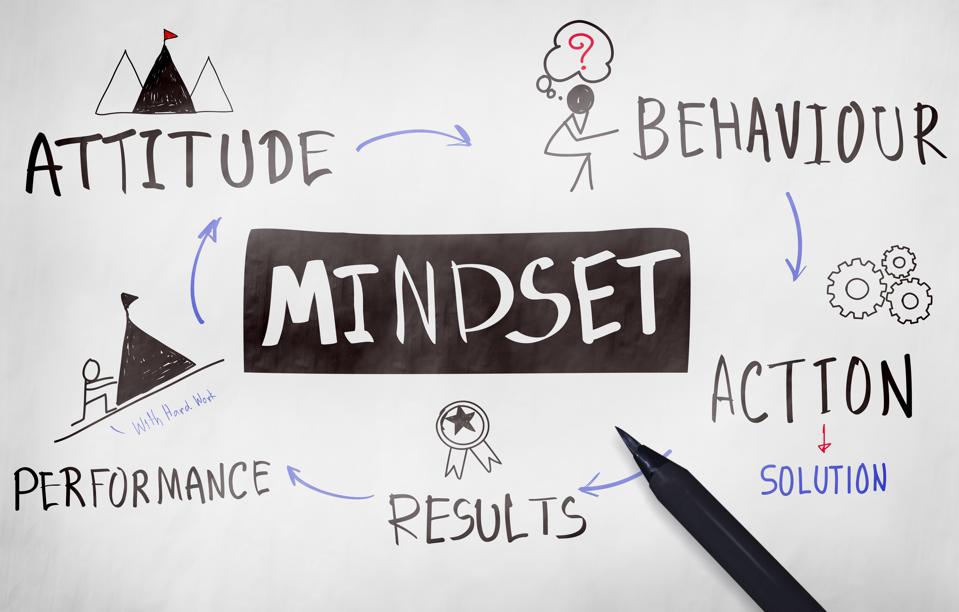Johnhawkinsunrated – Communication is one of the most essential skills in the workplace. Without effective communication, relationships between colleagues, supervisors, and clients can suffer, negatively impacting productivity and the work environment. Therefore, it is crucial for every professional to master the right communication techniques to work efficiently and foster a harmonious work environment. This article will explore various communication techniques that are important in the workplace.
Effective Verbal Communication
Verbal communication is the most common form of communication in the workplace, whether in meetings, discussions, or everyday conversations with colleagues. To communicate effectively verbally, there are several things to consider:
- Be Clear and Concise: Ensure that the message you convey is short, clear, and to the point. Avoid using ambiguous language that may lead to misunderstandings.
- Tone of Voice: Use an appropriate tone of voice. A tone that is too high or too low can make the listener uncomfortable or confused.
- Active Listening: Effective communication isn’t just about speaking; it’s also about listening attentively. Pay full attention to the speaker and avoid rushing to respond before fully understanding their message.
Non-Verbal Communication
Non-verbal communication, such as body language, facial expressions, and eye contact, plays a significant role in workplace interactions. Often, the message conveyed through body language can be more powerful than what is said verbally. Here are some tips for improving non-verbal communication:
- Eye Contact: Maintaining good eye contact while speaking or listening shows attentiveness and seriousness.
- Facial Expressions: Use facial expressions that match the conversation to help clarify the message being conveyed. A smile, for instance, can create a positive and friendly impression.
- Posture: An open and upright posture conveys confidence, while closed or slouched posture may suggest discomfort or disinterest.
“Small Upper Wheel Butterfly Garage Door Hinge”
Effective Written Communication
In addition to verbal and non-verbal communication, the ability to communicate in writing is also crucial in the workplace. Emails, reports, and text messages are commonly used to convey important information. Here are some tips for communicating effectively in writing:
- Polite and Professional Language: Use language that suits the professional context and avoid slang or overly casual language.
- Clear Structure: Start with a greeting, then present the main message clearly, and end with a proper closing.
- Check Grammar and Spelling: Messages containing grammatical or spelling errors can damage your professionalism. Always proofread your writing before sending it.
Communication in Teams
In the workplace, most tasks are performed as part of a team. Therefore, the ability to communicate effectively within a group is highly important. Some techniques to ensure effective team communication include:
- Collaboration: Ensure that all team members have the opportunity to speak and contribute. Good collaboration leads to better decision-making and increases creativity.
- Clarity of Roles: Every team member should understand their role and responsibilities. Clear communication helps prevent confusion and overlaps in tasks.
- Conflict Resolution: Differences in opinion are inevitable in any team. The ability to resolve conflicts constructively and maintain positive relationships among team members is crucial for smooth work processes.
Communication with Supervisors and Clients
Communication with supervisors and clients comes with its own set of challenges. Here are a few things to consider when interacting with them:
- With Supervisors: Keep communication open and transparent with your supervisors. Don’t hesitate to share ideas or raise concerns, but always do so in a professional and solution-oriented manner.
- With Clients: Communication with clients should be friendly yet professional. Understanding the client’s needs and responding quickly and accurately helps build a mutually beneficial relationship.
Using Technology in Communication
In today’s digital age, using technology for communication is crucial. Messaging apps, video conferences, and online collaboration tools have transformed how we interact in the workplace. Here are some things to keep in mind when using technology for communication:
- Choose the Right Medium: Use the appropriate communication tool for the situation. For example, for lengthy discussions, video conferences or in-person meetings are better than short text messages.
- Digital Etiquette: While digital communication feels more casual, it is still important to maintain professionalism. Avoid overly informal communication and always be mindful of the language you use.
Good communication skills are a key to success in the workplace. By mastering verbal, non-verbal, and written communication, as well as knowing how to communicate effectively within teams and with supervisors or clients, you can foster good relationships and create a productive work environment. Therefore, it is important to continually develop your communication skills to adapt to the various situations and challenges that arise in the workplace.
“Invasion in Zion of Babylonian, Archaeologists Discover Evidence”



